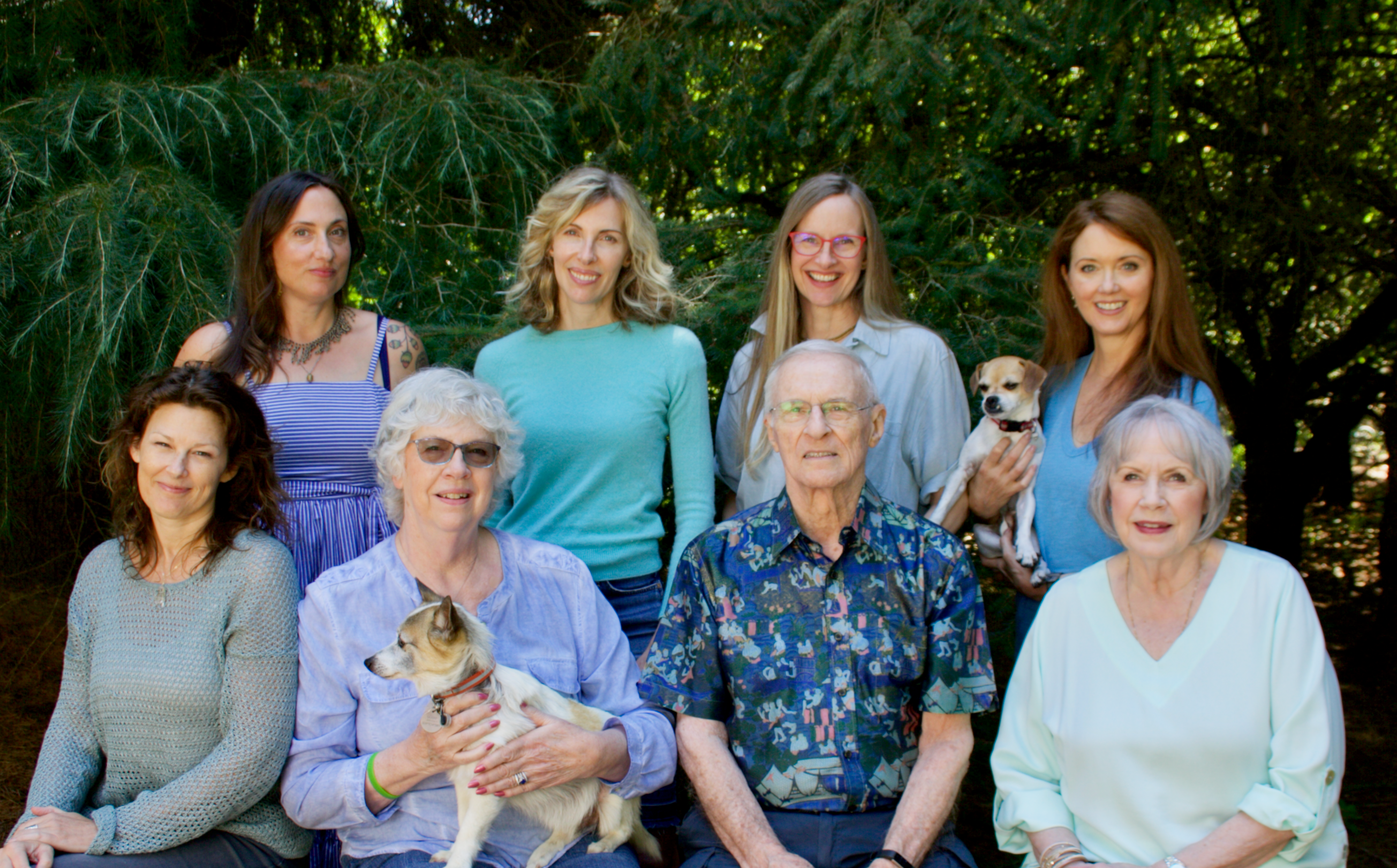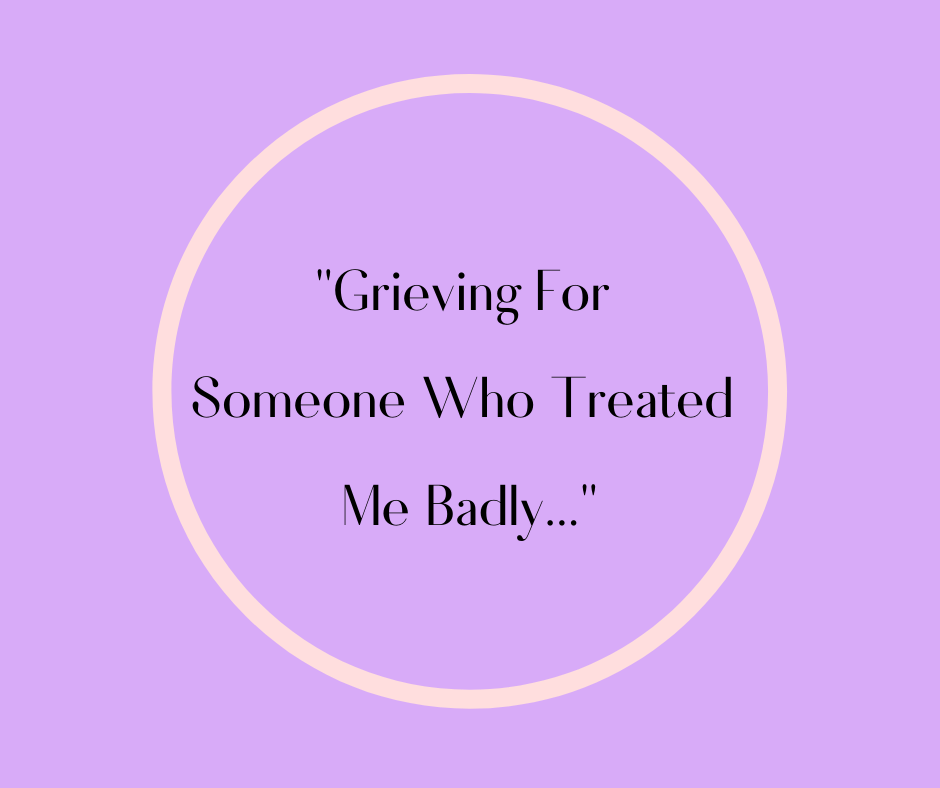Dear Barbara, My dad had severe labored breathing, 40 to 50 breaths a minute. I contacted the hospice RN who recommended 5 mg of morphine every hour. I gave it, as she prescribed. Five hours after his doses of morphine his respiratory rate became 8 breaths a minute, 3 breaths a minute, and then his last breath. I feel guilty that giving him the morphine killed him. I worry that I shouldn't have followed the hospice RN's recommendation. I worry that 5 mg x 4 was way more than a lethal dose. I worry I hastened his death. And then I wonder if he didn’t want to leave - which is what I’ve heard about those that do this type of breathing. I wanted him to have a gentle death and it did not appear gentle.
I'm glad you reached out. Here are a couple of things to think about so you can feel more assured that your dad indeed had a gentle death.
40/50 breaths per minute is way too many to be comfortable (even though rapid breathing can be a very normal part of dying).
Rapid breathing like your dad was doing is exactly where a small bit of morphine (5 mg is small) helps slow down those 40/50 breaths a minute to a more comfortable range.
Eventually, with or without morphine, his breathing would have gotten slower and slower until it stopped BUT before that happened you made your dad more comfortable.
I have not heard that rapid breathing is a sign that the person does not want to leave. At the point in the dying process (hours to minutes or even days before death) the person is working to release from their body (think of the little chick working to get out of its shell) their job is to get out of their body and it is hard work. We, the watchers, are seeing the struggle and thinking something abnormal is happening. It is not. What we are seeing is work to become free of this cumbersome body.
Nothing bad is happening, sad, but not bad.
Something more about... "I Wanted Dad To Have a Gentle Death, But..."
There are two resources that I encourage you to have when helping families understand pain management for their dying loved one. Pain at End of Life and New Rules For End of Life Care, DVD Kit. The film and the booklet will provide understanding and reduce the fear that comes with what the dying process looks like.








15 comments